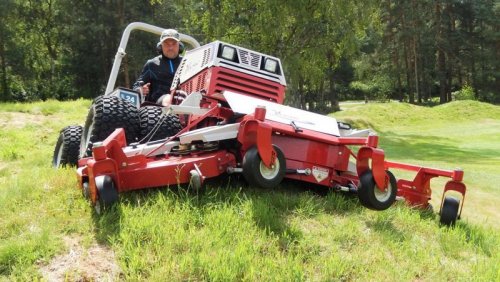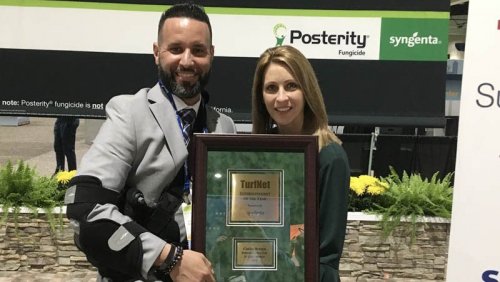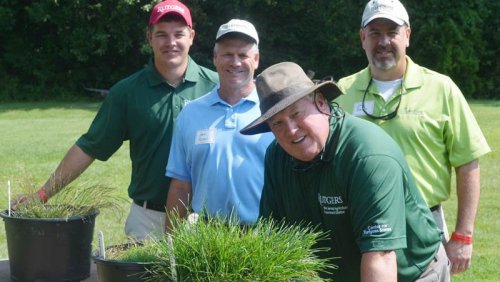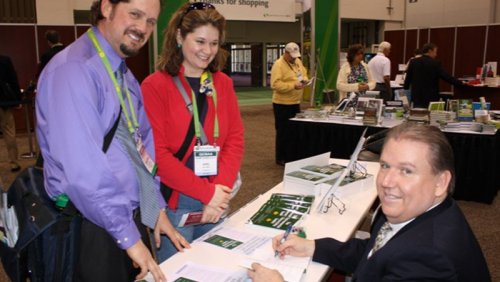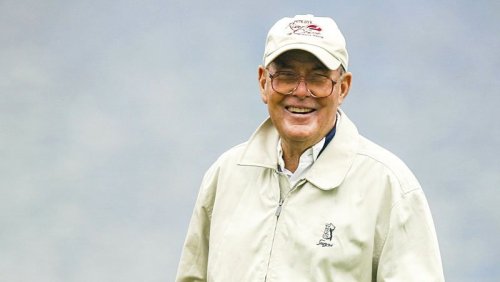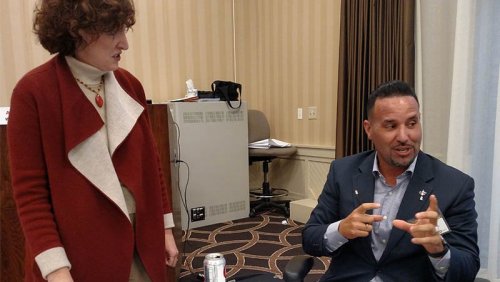
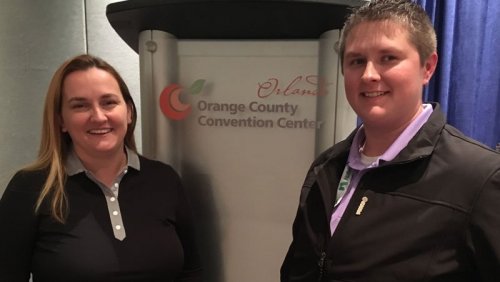
Since being named director of golf course operations at city-owned Miami Springs Golf and Country Club in 2013, Bland works hard to help introduce the business of being a golf course superintendent to young girls throughout South Florida.
"Telling them that there is a whole turf industry out there is important, because when I was in high school, I didn't know there was such a thing as a golf course superintendent, and I live in the golf capital of the world," Bland said during the third annual Ladies Leading Turf event at the Golf Industry Show.
"I talk to Future Farmers of America, I talk to kids locally to promote what I do. I think it's important. We all want to leave it in good hands."
Bland was one of five panelists speaking at the event sponsored by Syngenta and moderated by golf course architect Jan Bel Jan. The panel also included Kayla Kipp, a golf course equipment manager at Wisp Resort in McHenry, Maryland, Ellen Davis of SportZMix Solutions, golf course owner Carthy Harbin and Beth Guertal, Ph.D., of Auburn University.
In its third year, Ladies Leading Turf was developed by Leasha Schwab, superintendent at Pheasant Run Golf Club in Ontario. The event debuted at the 2018 Golf Industry Show in San Antonio and since has given a voice to women in the industry who continue to break down barriers to professional development and encourage others to follow them.
Kipp manages equipment at Lodestone and Fantasy Valley golf courses. She learned automotive mechanics at a young age and many other skills at her father's knee. Even after six years in the U.S. Air Force, a commitment that included tours in Afghanistan and Kuwait, Kipp said earning credibility as a mechanic was not very easy.
"Being a wrench turner, you're a female in a man's world straight up," Bland said. "Women don't make up a large section of that field, and I refused to be left behind. I'm very bull-headed."
Reaching for diversity in the workplace is more complicated than just men vs. women, she said.
"What does diversity mean to me? To me, it means bringing all the pieces together: ages, genders, cultures, religions, languages, education and experience," Kipp said. "Bringing all these pieces together cultivates a creative environment."
Laurie Bland (left) and Kayla Kipp have taken different paths on their way to successful careers in the golf turf business. A 2008 graduate of Lake City (now Florida Gateway College), Bland admitted there were rumblings when she was hired at Miami Springs, which had slipped into disrepair in the years prior to her arrival.
Opened in 1923, Miami Springs was home to the PGA Tour's Miami Open from 1924-1955. Despite the prevailing conditions when she arrived - huge swaths of playing areas were completely without turf - it was plainly evident when she arrived just how much the historic course meant to the people who played there and how long it would take to get the course back into shape.
Huge swaths of playing surface were completely devoid of turf, and whipping the course into shape, a process Bland called a resurrection, would take years to complete.
"There were no cultural practices in place. We had to start from the ground up," she said.
"What was unique about this property, there were golfers, there were golfers still out there playing, which showed me that they really truly cared, that this was something special to them. They didn't mind paying whatever the fee was, they were still out there to enjoy themselves because that was their home, so it motivated me to make sure I take care of their home."
Bland prepped under Tom Trammell at Doral Golf Resort - now Trump National Doral - before taking over at Miami Springs. With the resurrection pretty much complete and hopes of a full scale renovation somewhere over the horizon, Bland no longer has to prove herself at the historic course in the shadows of Miami International Airport. She's a proven commodity when she approaches those girls at local high schools around South Florida about potential careers in turf. And are they responsive to her efforts to build awareness about the profession of being a golf course superintendent?
"They're responsive to the salary," Bland said. "When you tell them the sticker number; when you tell them how much you can make, their eyes get really big."
- Read more...
- 2,492 views



